Look at the Evidence – the Spike and Delay Pattern in Social Care
A number of years ago, I was transforming a city’s social care directorate and, as part of that transformation, we aimed to reduce the time it took to do anything when interacting with the service. The transformation was based on a more fundamental need to free up workers to be able to do the work…
Read more



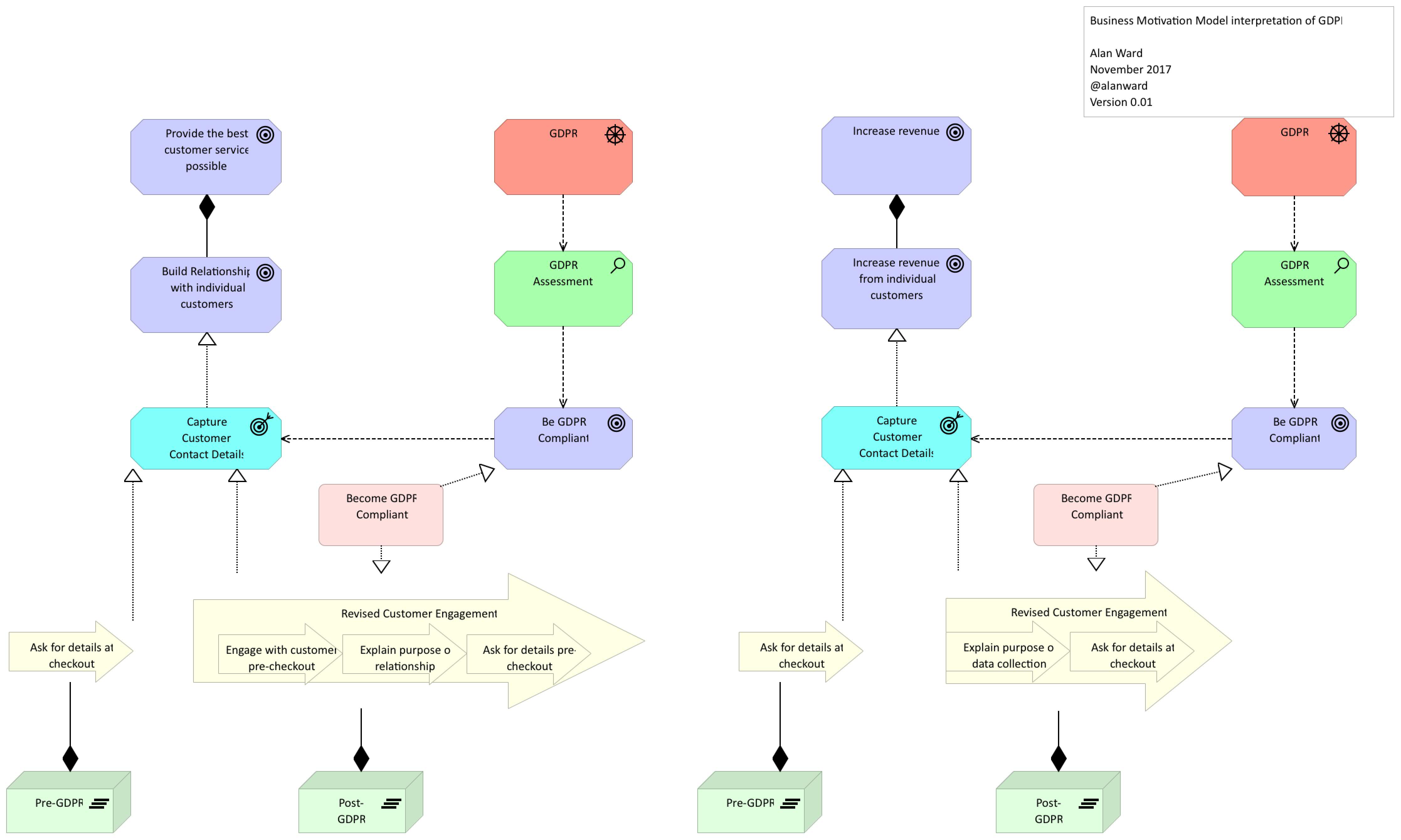

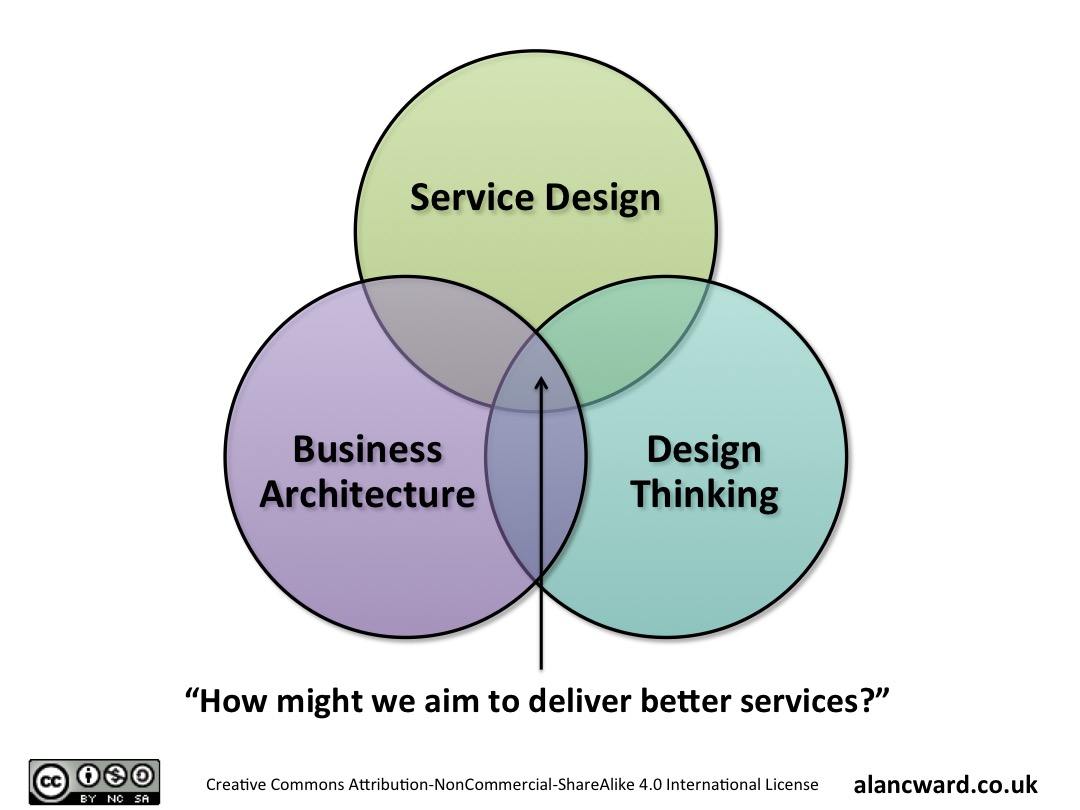
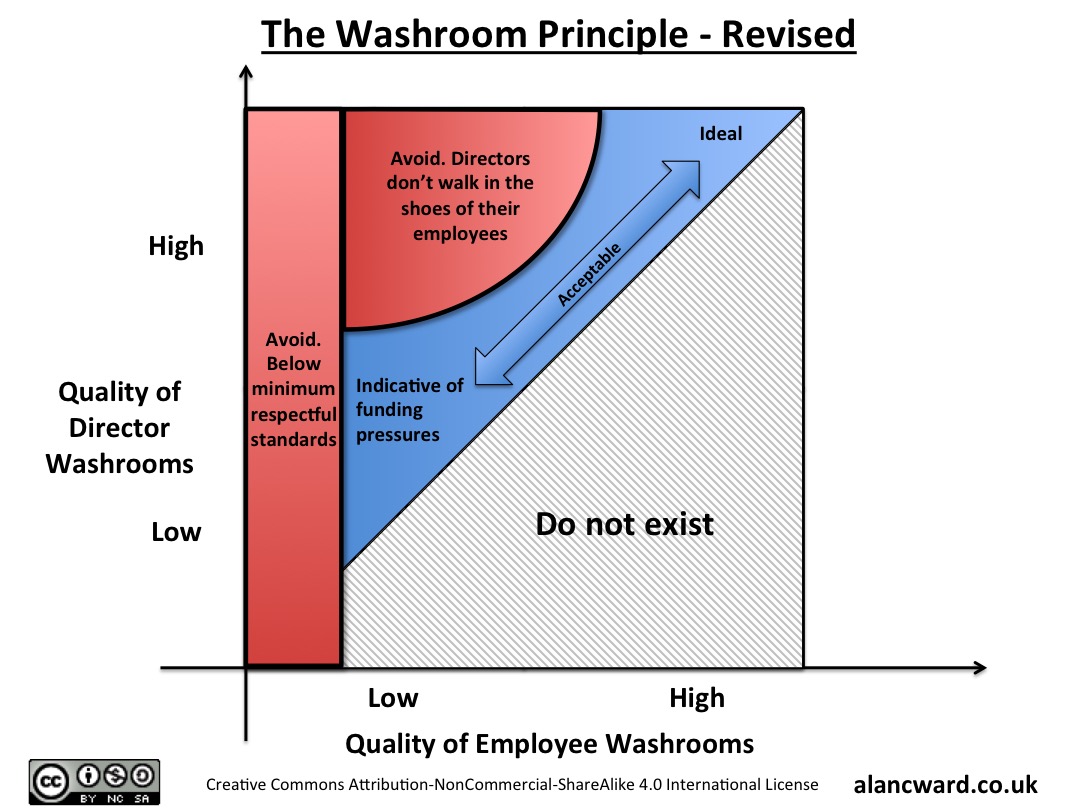
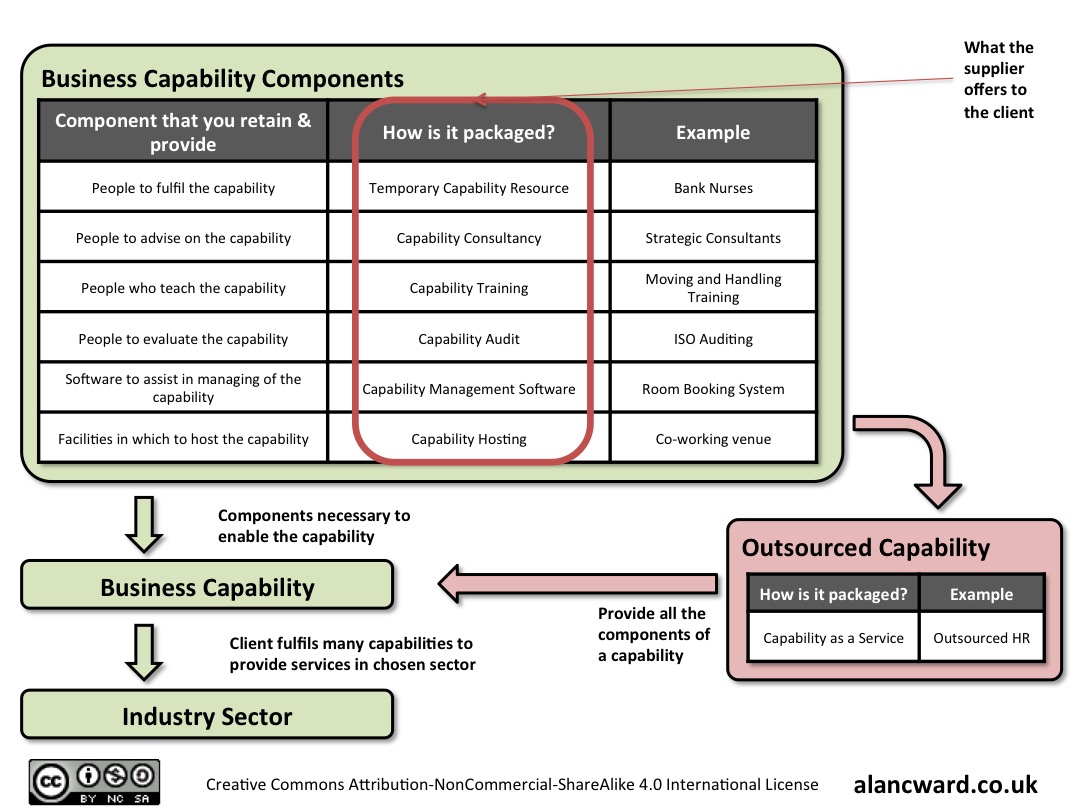
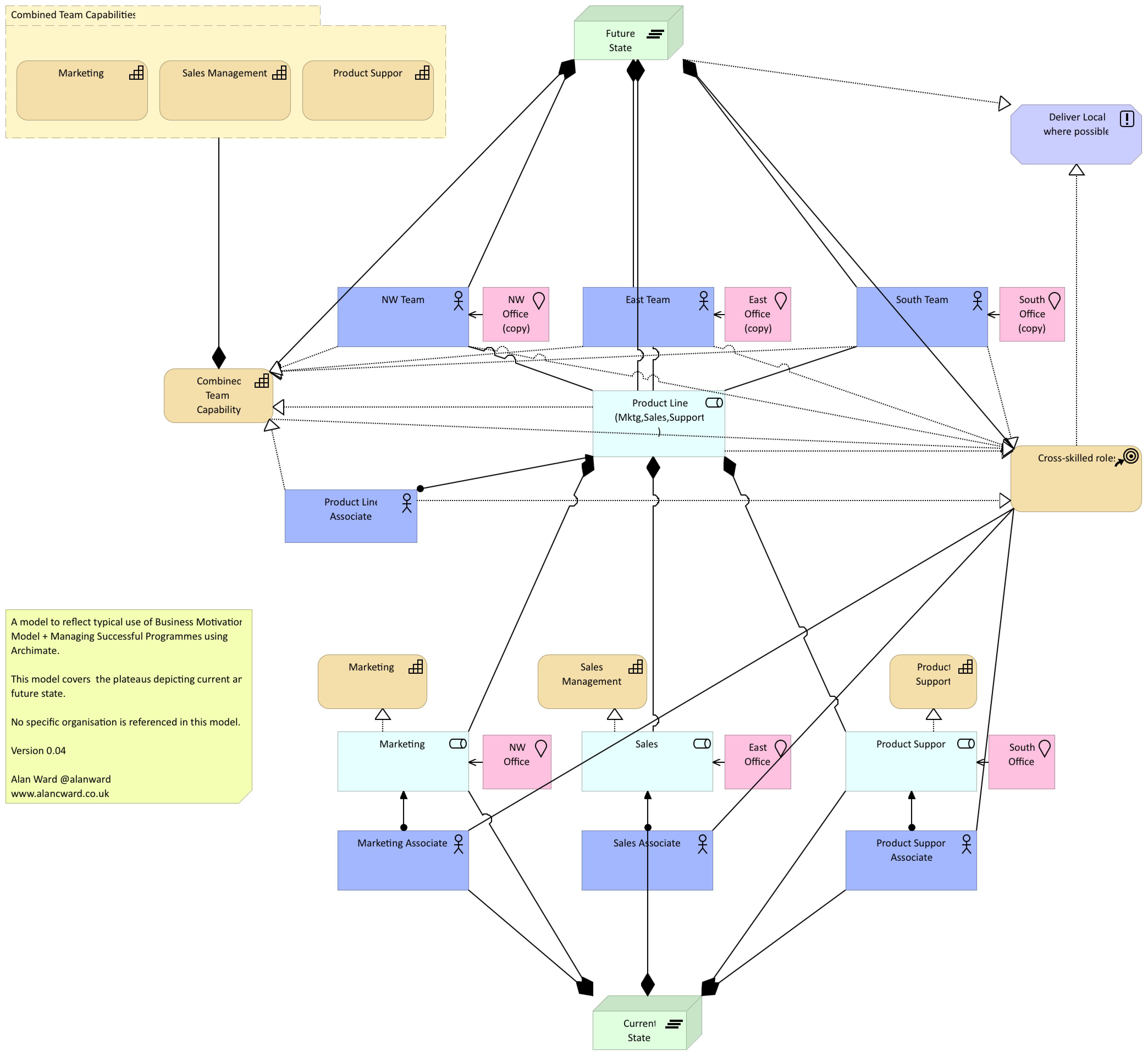


Recent Comments